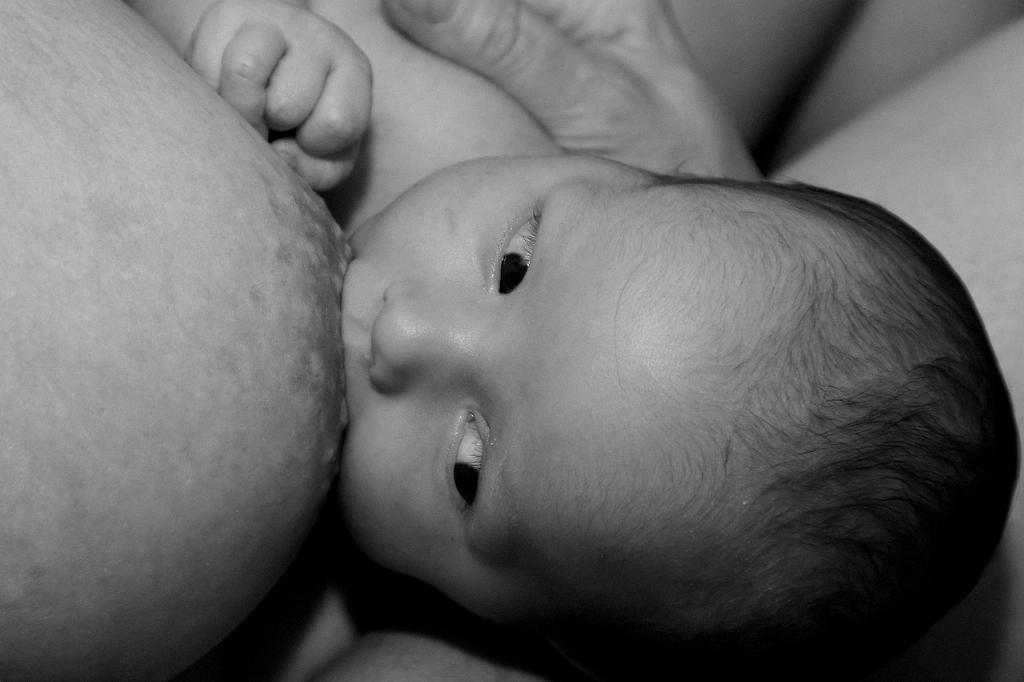When it comes to treating a breast duct infection, also known as mastitis, the primary approach involves a combination of antibiotics and ensuring that the milk in the breast is emptied effectively. Mastitis is a common condition that can cause significant discomfort and difficulty for breastfeeding individuals, but with the right treatment, it can be effectively managed.
It’s essential to seek medical attention if you suspect you have mastitis, as your healthcare provider will prescribe the appropriate antibiotics to help clear the infection. These medications are crucial in fighting off the bacteria causing the infection and preventing it from worsening. It’s important to take the full course of antibiotics as prescribed to ensure the infection is fully eradicated.
In addition to antibiotics, effectively emptying the breast of milk is essential in treating mastitis. This can be achieved through frequent breastfeeding or pumping to alleviate the pressure in the affected breast. By ensuring that the milk is adequately drained, you can help reduce inflammation and promote healing in the affected ducts.
In some cases, a breast abscess may develop as a complication of mastitis. An abscess is a collection of pus that requires specific treatment. In such situations, the pus may need to be drained either through a surgical procedure or aspiration, where a thin needle is used to remove the fluid. This process is often guided by ultrasound to ensure precise drainage and effective treatment.
Draining the abscess is a crucial step in resolving the infection and alleviating symptoms. Following drainage, antibiotics may be prescribed to help clear any remaining infection and prevent recurrence. It’s essential to follow your healthcare provider’s guidance closely to ensure proper healing and recovery.
It’s important to practice good hygiene and care for your breasts during treatment for a duct infection. This includes regularly washing the affected breast with mild soap and water, as well as ensuring that bras and clothing are clean and breathable. Proper nipple care, such as using lanolin cream, can also help prevent irritation and aid in healing.
If you experience persistent or worsening symptoms despite treatment, it’s vital to follow up with your healthcare provider for further evaluation. They may recommend additional tests or treatments to address any underlying issues contributing to the infection. Your provider is there to support you through the treatment process and ensure your health and well-being.
In some cases, home remedies such as warm compresses or cabbage leaves placed on the affected breast may provide relief from discomfort and help reduce inflammation. These remedies can be used in conjunction with medical treatment to enhance your comfort and promote healing. However, it’s crucial to consult with your healthcare provider before trying any home remedies to ensure they are safe and appropriate for your situation.
Overall, treating a breast duct infection requires a comprehensive approach that combines antibiotics, effective milk drainage, and proper hygiene practices. By following your healthcare provider’s recommendations and taking proactive steps to care for your breasts, you can recover from mastitis and prevent complications such as abscess formation. Remember that seeking timely medical attention and adhering to treatment guidelines are key to successful recovery.
While dealing with a breast duct infection can be challenging, with proper care and treatment, you can overcome this condition and continue to provide the best care for yourself and your baby. Don’t hesitate to reach out to your healthcare provider if you have any concerns or questions about your treatment plan. Your health and well-being are paramount, and you deserve the support and guidance necessary to navigate this journey towards healing.

